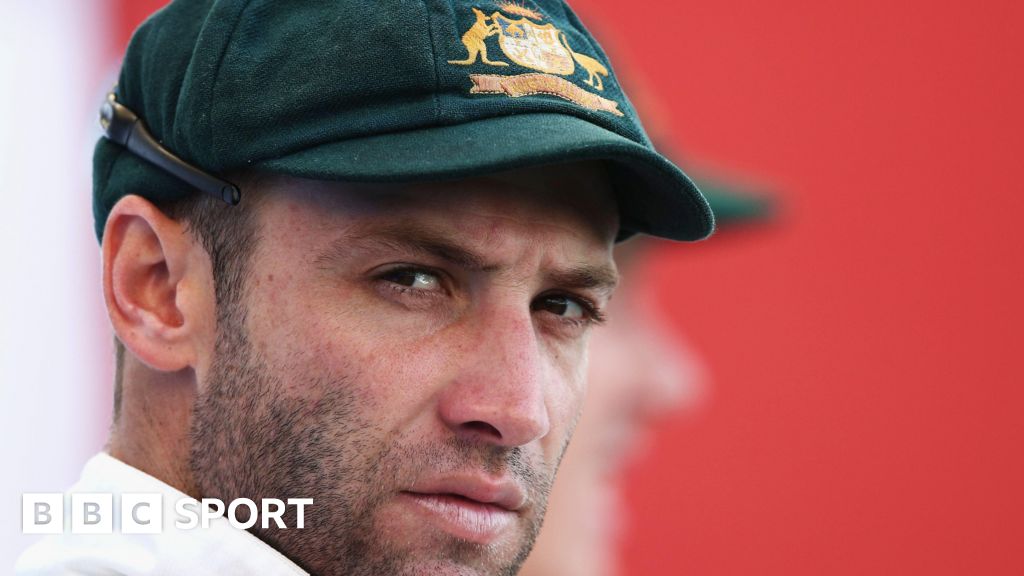Phillip Hughes: Australia batter remembered 10 years on

- by Admin
- November 25, 2024

At some point in the previous year, for a lot of people who follow cricket, the thought would have come up.
Late November in the last nine years has included moments of remembrance for Phillip Hughes, Australia’s prodigy who died after being struck on the neck by a ball while batting in the Sheffield Shield in 2014, trying to make a score to get back into the Test team. This year marks a decade since that loss.
In grief, milestones are everywhere. The ones that surprise us are marked in space, things we stumble into like low furniture. Here’s a garden near my old house, and here’s me remembering the last time you walked through it.
The predictable ones are marked in time. Months at first, then anniversaries, birthdays twinned in the mental calendar with dates of death. Some dates evaporate. Some lodge.
So in a world that puts store in anniversaries, this one is significant. And complicated. Hughes’ injury happened on 25 November, two days before an official announcement of death.
That means there is not exactly an anniversary, but more a long weekend of mourning. For those three days in the cricket world you are acutely aware of the sensitivity.
This coming week or two his story will feature heavily. The Perth Test, which finished on Monday, was never planned to be part of this, given the lack of certainty around an end date. The ceremony instead will happen around the Adelaide Test from 6 December.
Hughes’ final match was for South Australia, and the tribute Test that followed his death was also against India at Adelaide.
Three of those players from a decade ago were still in the team in Perth this week: Nathan Lyon, Steve Smith and Mitchell Marsh. The 2014 Shield match involved three current players – Lyon, Mitchell Starc and Travis Head – as well as commentators Callum Ferguson, David Warner and Brad Haddin.
Even now, we probably underestimate the effect on that generation of cricketers. The players at that match had the trauma of being there.
Others who were not there still suffered. Peter Siddle played for Victoria but was Hughes’ national team-mate. After a Test hat-trick on his birthday in 2010, Siddle had a fun three years of people posting memes about it each year.
But his birthday is 25 November. From 2014 the association changed completely, and he later explained in a podcast interview how he became weighed down with sadness whenever someone mentioned his birthday.
Glenn Maxwell became a meme, too, when he charged a pace bowler in a Big Bash game before failing to play a shot and being bowled. He was mocked worldwide.
Melbourne journalist Ron Reed wrote that it “looked like the work of a man in a mental meltdown” and that “his form has deteriorated alarmingly over the past few weeks” – but even then nobody joined the dots.
It was one month after Hughes had died. Maxwell was an emotional wreck, the two of them close from age-group cricket. Only this year Maxwell explained the context in his book. Until then nobody had asked.
The Latest News
-
November 25, 2024Cummins’ denial over ‘divided change room’ claim
-
November 25, 2024Legal Online Pokies Australia: Gambling Law in 2024
-
November 25, 2024‘My grandma’s a witch’: Mav McNealy’s description of his grandmother was actually a compliment (trust us) – Australian Golf Digest
-
November 25, 2024Australian team’s ‘unity’ under question as Hazlewood seemingly blames batters for Perth loss
-
November 25, 2024Drake announces Australian tour to begin same date as rival’s Super Bowl show – Medicine Hat News





